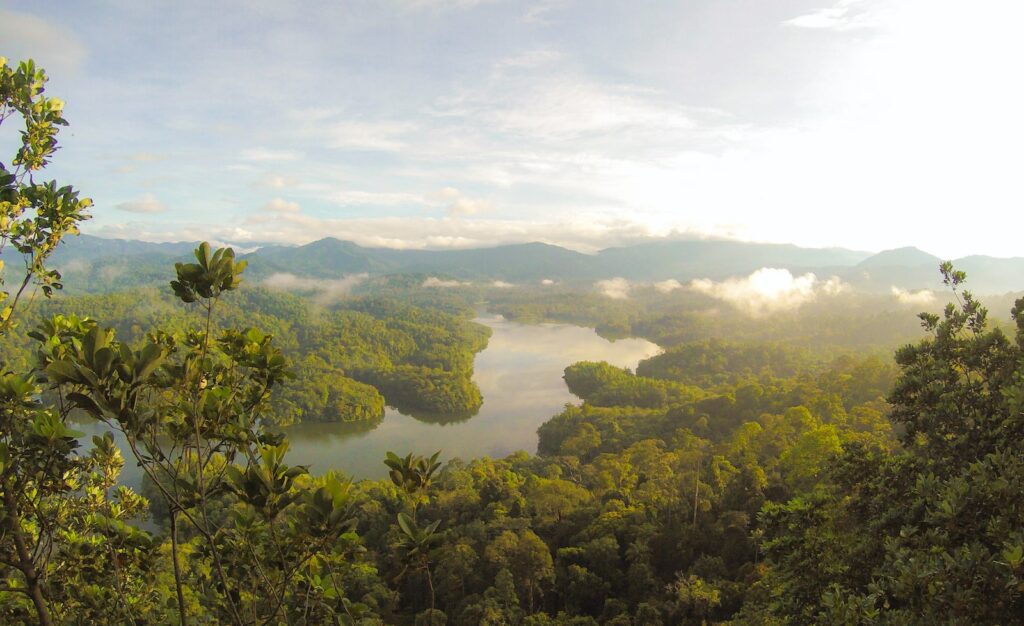Warmer rainforests are overheating trees as ‘cooling systems’ fail
Droughts and soaring temperatures are causing natural cooling systems to fail, with potentially devastating consequences.
Rainforests across the world are slowly losing their ability to perform the tasks we really on them for – namely storing carbon emissions and converting the CO2 into oxygen through photosynthesis. Now scientists believe their in-built defence against heatwaves and lack of precipitation may be struggling, speeding up the overall decline in function.
The bleak picture is painted in a new thesis published by the University of Gothenburg, Sweden. In lay terms, all trees require water in order to keep themselves cool, but while early successional species which grow quickly are known to do this very effectively by opening large pores on their leaves to transpire, late successional species – which develop slowly over longer periods of time, but eventually become much larger and therefore have far greater carbon sequestration potential – are not as effective at the process. They struggle to keep core temperatures down, so heatwaves put unsustainable strain on them.
‘The tropics have not experienced Ice Ages and have thus had a relatively stable climate historically as well as seasonally. With climate change, it has started to get warmer and then we have seen that some species of trees are showing increased mortality rates, but we have not really known why before,’ said Maria Wittemann, thesis author.
‘The tropics have not experienced Ice Ages and have thus had a relatively stable climate historically as well as seasonally. With climate change, it has started to get warmer and then we have seen that some species of trees are showing increased mortality rates, but we have not really known why before,’ Wittemann continued. ‘We found large temperature differences in the leaves in our measurements. There could be a difference of 10 degrees Celsius between late successional species and early successional species growing in the same location. The late successional species had more difficulty coping with abnormally high temperatures. These trees had a higher mortality rate.’
However, it’s not all good news for early successional species, either. Their cooling process is effective but requires a significant amount of water. With this in mind, as rainfall reduces and droughts dry up traditionally damp environments like the rainforest, they too become far more susceptible to the changing climate, and face an uncertain future, according to Wittemann’s work. By comparison, the heat-sensitive late successionals were better at coping with drought itself because they need less water overall.
Read the full study here, which backs up a previous investigation that found the Amazon is gradually losing its resilience and ability to bounce back from drought and heatwaves.
Image: Eutah Mizushima







 Network
Network
